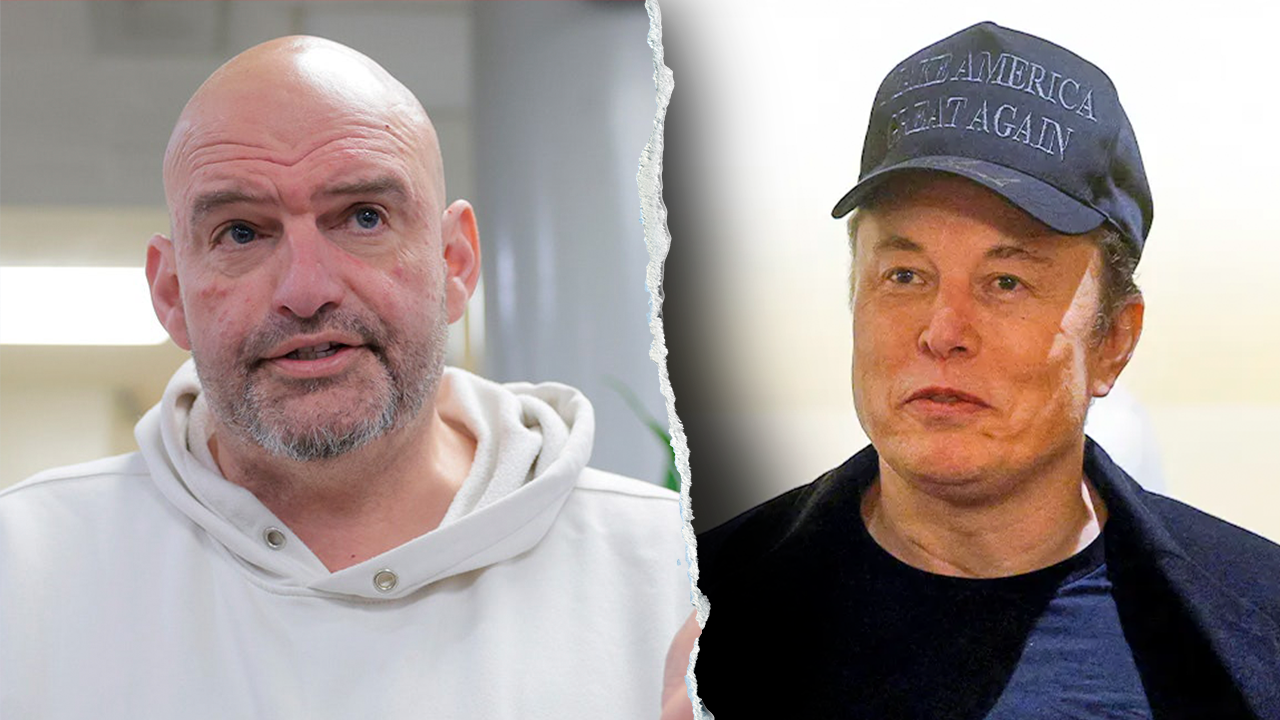World
Ukrainian human rights lawyer, Nobel Prize winner urges Trump to show strength and end the war
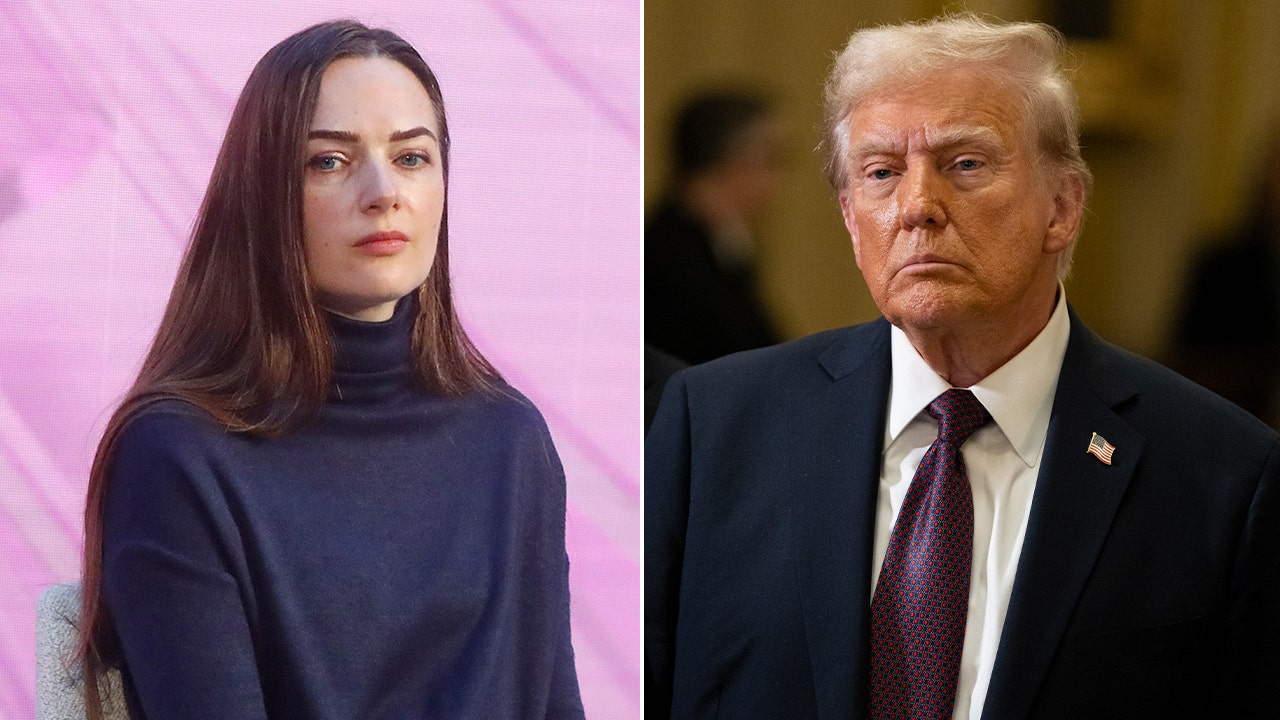
President Donald Trump is calling on Russian President Vladimir Putin to “make a deal” to end the “ridiculous” war with Ukraine, which started nearly three years ago. During his 2024 campaign, Trump often spoke about ending major world conflicts, including the Russia-Ukraine war, invoking former President Ronald Reagan’s “peace through strength” doctrine. Now that he’s in office, Trump is making it clear that it’s time for Putin to come to the table.
“I’m not looking to hurt Russia,” Trump wrote in a post on his Truth Social platform. In the post, Trump threatens “high levels of taxes, tariffs and sanctions on anything being sold by Russia to the United States.” This threat comes days after reports that Putin was starting to get concerned about his country’s economy as the war with Ukraine continues.
TRUMP CALLS ON PUTIN TO MAKE A DEAL, END ITS WAR AGAINST UKRAINE OR FACE MORE ECONOMIC PRESSURE
Oleksandra Matviichuk, a Ukrainian human rights lawyer and Nobel Peace Prize winner, believes now is the time for Trump to show strength and bring an end to the war.
Human rights attorney and Nobel Peace Prize winner Oleksandra Matviichuk and President Donald Trump (Ukrinform/NurPhoto/Nathan Posner/Anadolu via Getty Images)
“Russia’s relentless invasion demands lasting international security guarantees. Any peace deal must confront Russia’s hostility to safeguard Ukraine and the very foundations of freedom and democracy,” Matviichuk said in a statement.
In an interview with Fox News Digital, Matviichuk emphasized the need to not only end the war that began in February 2022, but also to block Putin from achieving his “geopolitical goal,” as she believes the Russian leader has no interest in peace.
“When we design this peace process, we have to design security guarantees, which will make this [geopolitical] goal for Putin impossible to achieve,” Matviichuk said.
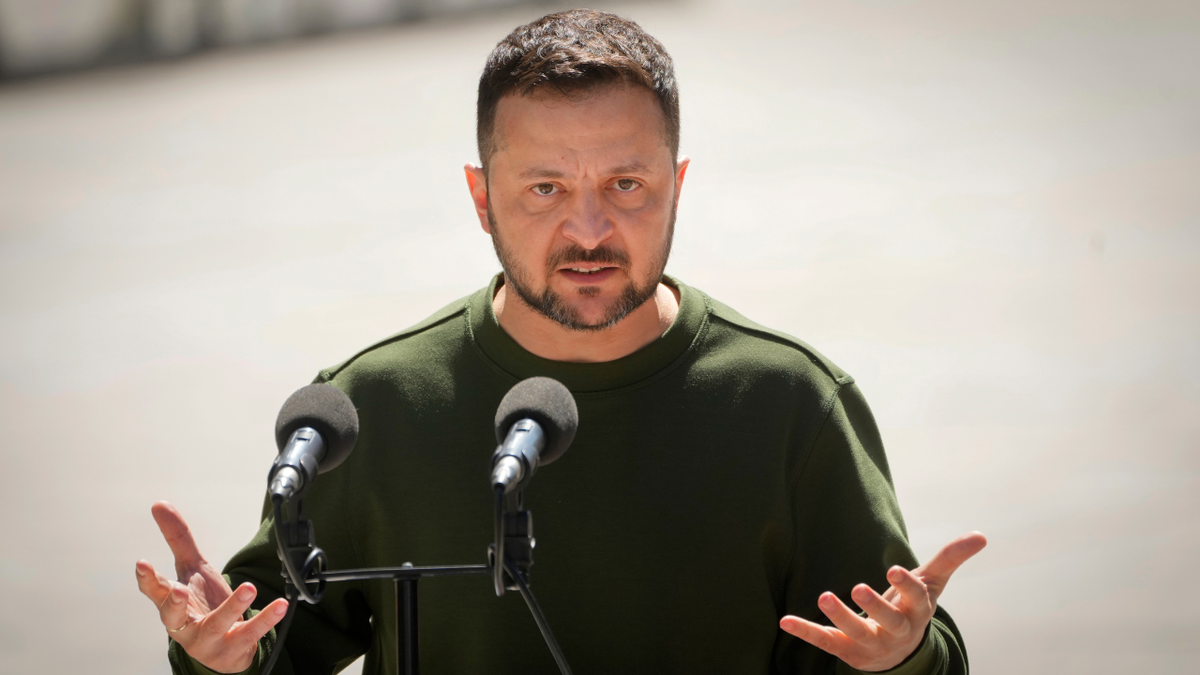
Ukrainian President Volodymyr Zelenskyy talks during a press conference in Kyiv on May 9, 2024. (AP Photo/Efrem Lukatsky)
On Thursday, Trump told reporters at the White House that Ukrainian President Volodymyr Zelenskyy has already told him he’s ready to negotiate an end to the war.
UKRAINE: HOW THE WAR SHIFTED IN 2024
In his first sit-down interview since returning to the White House, Trump told “Hannity” that Zelenskyy has “had enough.” However, while Trump condemned Putin, he said that Zelenskyy is “no angel,” chastising the Ukrainian leader for fighting instead of making a deal.
Reuters reported in November that Putin is open to discussing a peace plan. He reportedly could agree to freeze the conflict along the current lines.
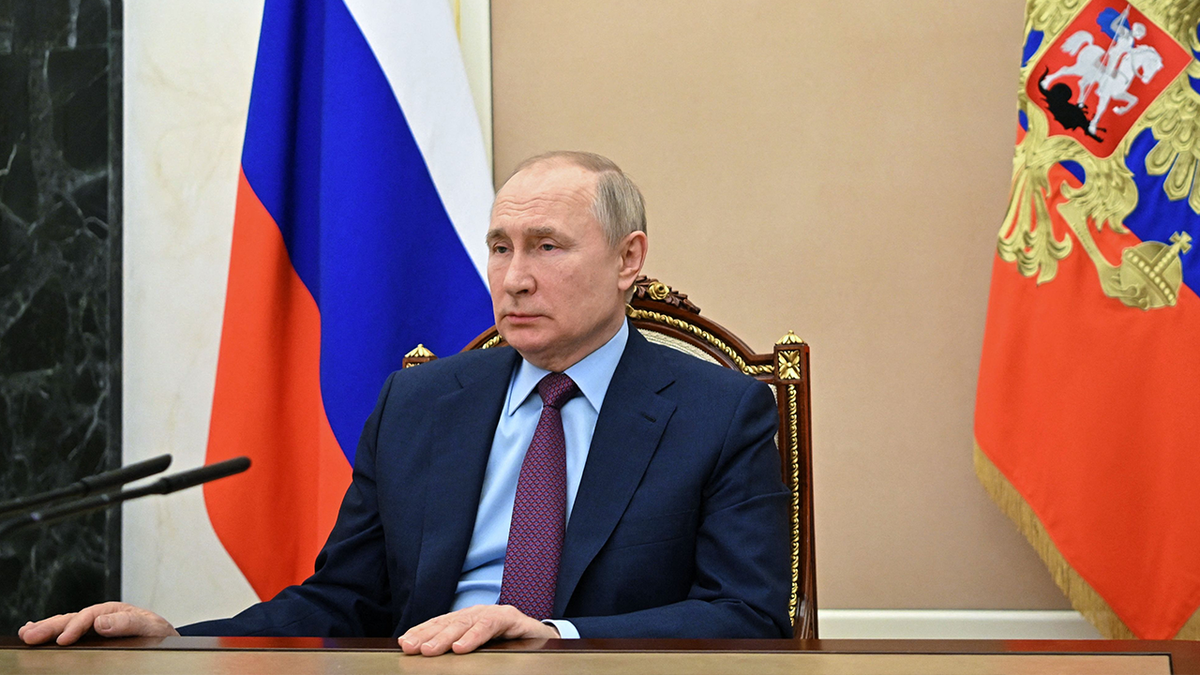
Russian President Vladimir Putin uses state-run media to spread the Kremlin’s message. (Alexei Nikolsky/Sputnik/AFP via Getty Images)
Since Putin’s 2022 invasion, civilians in Ukraine have had to adjust to life during war. Matviichuk, who is based out of Kyiv, describes it as living in “total uncertainty.” However, her focus has been on exposing Russia’s atrocities. Nearly three years into the war, she has cataloged approximately 80,000 Russian crimes.
“We don’t want to live in Putin’s world,” Matviichuk said. “We want to live in a world where democracy and rule of law and freedom are respected.”
Ashley Carnahan and Caitlin McFall contributed to this report.

World
Pacers commit 19 first-half turnovers in Game 1 of NBA Finals against Thunder
OKLAHOMA CITY (AP) — The Indiana Pacers started the NBA Finals by making the wrong type of history.
The Pacers committed 19 turnovers in the first half of Game 1 against the Oklahoma City Thunder on Thursday night. It was the highest number of turnovers by a team before halftime of a postseason game during the league’s digital play-by-play era, which goes back to the 1997 playoffs.
There has not been a 20-turnover first half in any NBA game since Nov. 17, 2007, when the New Jersey Nets — the franchise that now plays in Brooklyn — had that many in the first two quarters of what became a 91-87 loss to the Miami Heat.
The Pacers had nine turnovers in the first quarter, 10 more in the second. But they were only down 57-45 at the half, in part because Oklahoma City had turned the 19 Indiana giveaways into only nine points.
Oklahoma City led the NBA this season in turnovers forced, averaging 17.0 per game in the regular season.
___
AP NBA: https://apnews.com/hub/NBA
World
Netanyahu coalition threatened by conscription standoff with religious parties
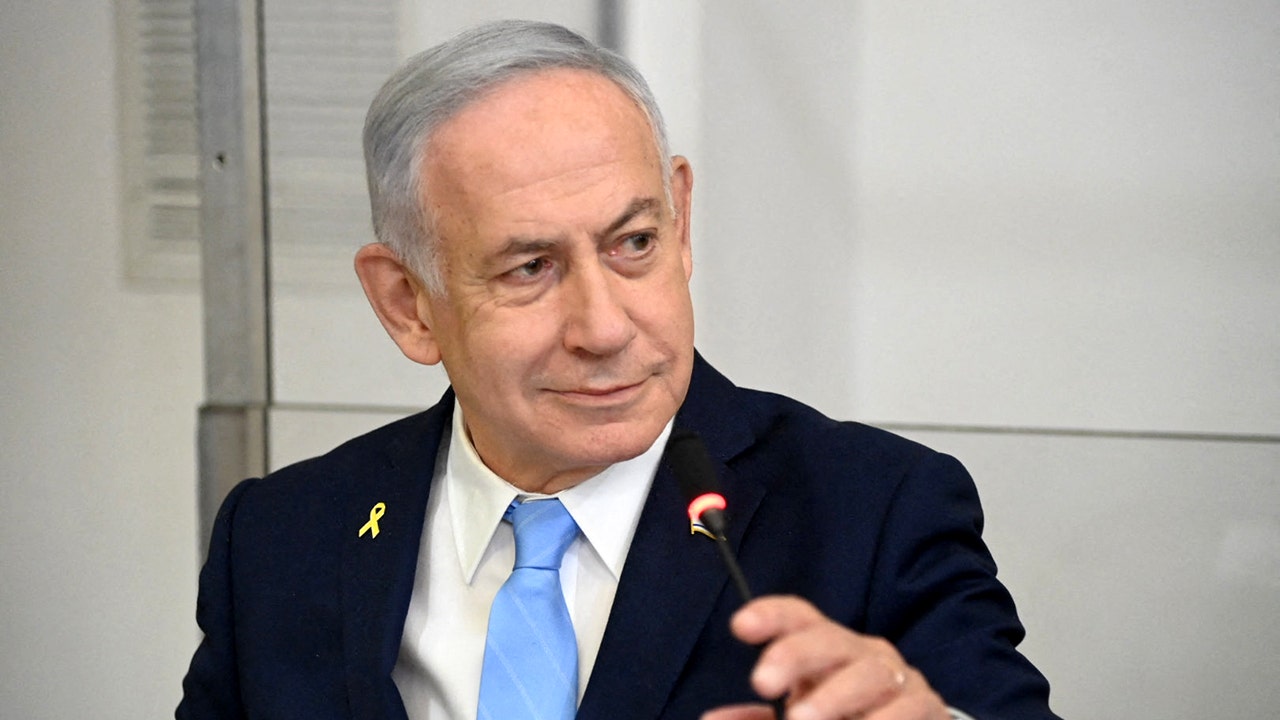
NEWYou can now listen to Fox News articles!
Israel is facing a deepening political crisis that could soon bring down Prime Minister Benjamin Netanyahu’s right-wing coalition, as one of its key ultra-Orthodox partners threatens to leave the government and back an opposition-led motion to dissolve parliament next week. In a dramatic escalation on Thursday, the Council of Torah Scholars today instructed the Agudat Yisrael party to submit its own bill to dissolve the Knesset.
Recent Israeli opinion polls indicate that Netanyahu’s coalition would likely lose power if elections were held today.
The crisis centers on long-standing tensions over military conscription exemptions for ultra-Orthodox (Haredi) men. While most Israelis are required to serve – three years for men, two for women – Haredi men have long been granted exemptions, a policy increasingly seen as untenable amid the ongoing war in Gaza.
TRUMP ADMIN STANDS BY ISRAEL, REJECTS UN RESOLUTION BACKED BY UK AND FRANCE
Protesters in Tel Aviv after the bodies of six hostages were returned to Israel. Sept. 1, 2024. (Reuters/Florion Goga)
Haaretz political correspondent Amir Tibon said, “The real crisis shaking Netanyahu’s coalition isn’t just religion versus state – it’s the war in Gaza, and who will be forced to fight it. Discrimination against those who serve in the military is one of the few issues that unites a vast majority of Israelis – and they want it to end.”
According to IDF estimates, there are approximately 60,000 ultra-Orthodox men of conscription age.
“The crisis stems from the October 7 massacre,” said Amit Segal, political correspondent for Israel’s Channel 12. “Before the war, many Israelis already resented Haredi draft exemptions. Now, with the IDF short on soldiers, that anger has reached a boiling point.”
Segal said Netanyahu’s coalition is currently eyeing Oct. 21, 2025, as a possible election date, but warned that if the ultra-Orthodox parties leave, early elections could become inevitable. “It’s unlikely the ultra-Orthodox parties will topple the government – they’re in their ideal coalition,” he stated. “But if they do leave, elections in October are likely.”

IDF forces are seen operating in Rafah, a city in the Gaza Strip. (IDF Spokesman’s Office)
In March, Israel’s Supreme Court ruled that the draft exemptions were unconstitutional and ordered the government to resolve the issue. But Netanyahu’s coalition – which relies heavily on the 18 seats held by the ultra-Orthodox parties Shas and United Torah Judaism – remains split. The Haredi parties are demanding new legislation that would enshrine the exemptions in law. Without it, they threaten to quit.
ISRAELI AMBASSADOR LASHES OUT AT UN OFFICIAL, CONDEMNS UK, FRANCE, CANADA STATEMENT ON AID
If those parties walk, Netanyahu’s coalition could collapse, Segal explained, “The prime minister has seven weeks until the Knesset enters a months-long recess and will fight to survive until then. But with a bill to dissolve the Knesset set to be presented next week, there’s no guarantee he’ll reach July 27 as prime minister.”

Dozens of protesters stage a demonstration inside Jerusalem’s ultra-Orthodox Mea Shearim neighborhood, calling for the community to be drafted to the IDF. (Eyal Warshavsky/SOPA Images/Sipa USA/Sipa via AP Images)
The bill, introduced by opposition party Yesh Atid, led by former Prime Minister Yair Lapid, is set for a vote on June 11. It needs 61 votes to pass – a number that could be reached if even a few coalition members defect.
Meanwhile, former Prime Minister Naftali Bennett has announced a political comeback with a new party, tentatively called “Bennett 2026.” Israeli media polls suggest Bennett would win 24 to 28 seats if elections were held today, overtaking Netanyahu’s Likud, which is projected to receive only 19 to 22 seats.
World
Most NATO members endorse Trump demand to up defence spending

Most US allies at NATO have endorsed US President Donald Trump’s demand that they invest 5% of GDP on defence and are ready to ramp up security spending, the alliance’s Secretary General Mark Rutte said on Thursday.
“There’s broad support,” Rutte told reporters after chairing a meeting of NATO defence ministers at the alliance’s Brussels headquarters.
“We are really close,” he said, adding that he has “total confidence that we will get there” by the next NATO summit in three weeks.
European allies and Canada have already been investing heavily in their armed forces, as well as on weapons and ammunition, since Russia launched a full-scale invasion of Ukraine in 2022.
At the same time, some have balked at US demands to invest 5% of GDP on defence; 3.5% on core military spending and 1.5% on the roads, bridges, airfields and sea ports needed to deploy armies more quickly.
Struggling to meet the goal
In 2023, as Russia’s war on Ukraine entered its second year, NATO leaders agreed to spend at least 2% of GDP on national defence budgets.
So far, 22 of the 32 member countries have done so, and others are still struggling to meet the target.
Trump and his NATO counterparts appear likely to endorse the new goal at a summit in The Hague on 24-25 June.
Trump insists that US allies should spend at least 5% so America can focus on security priorities elsewhere, mostly in the Indo-Pacific and on its own borders.
He has gained important leverage over other NATO countries by casting doubt over whether the United States would defend allies that spend too little.
The new goal would involve a 1.5% increase over the current 2% goal for defence budgets. It means that all 32 countries would be investing the same percentage.
The United States spends by far more than any other ally in dollar terms.
But according to NATO’s most recent figures, it was estimated to have spent 3.19% of GDP in 2024, down from 3.68% a decade ago. It’s the only ally whose spending has dropped since 2014.
While the two new figures do add up to 5%, factoring in improvements to civilian infrastructure so that armies can deploy more quickly significantly changes the basis on which NATO traditionally calculates defence spending.
The seven-year time frame is also short by the alliance’s usual standards. The far more modest 2% target, set after Russia annexed Ukraine’s Crimean Peninsula in 2014, was meant to be reached over a decade.
US leadership at NATO
According to US Defence Secretary Pete Hegseth, Trump has done nothing less than save NATO.
He told reporters that European allies around the table on Thursday had said: “We hear you. We all need increased capabilities. We all need to spend more. Thank you, President Trump, for reviving this alliance. It was an alliance that was sleepwalking to irrelevance.”
The extra spending will also be needed should the Trump administration announce a force draw down in Europe, where around 84,000 US troops are based, leaving European allies to plug any security gaps.
Asked what the Pentagon’s plans are, Hegseth did not explain but he said: “It would only be responsible for the United States to continually assess our force posture, which is precisely what we’ve done.”
“America can’t be everywhere all the time, nor should we be and so there are reasons why we have troops in certain places,” he said, offering the assurance that any review would be done “alongside our allies and partners to make sure it’s the right size.”
During the meeting, Hegseth and his defence counterparts also approved purchasing targets for stocking up on weapons and military equipment to better defend Europe, the Arctic and the North Atlantic.
The “capability targets” lay out goals for each of the 32 nations to purchase priority equipment like air defence systems, long-range missiles, artillery, ammunition, drones and “strategic enablers” such as air-to-air refuelling, heavy air transport and logistics.
Each nation’s plan is classified, so details are scarce.
The new targets are assigned by NATO based on a blueprint agreed upon in 2023, the alliance’s biggest planning shakeup since the Cold War, to defend its territory from an attack by Russia or another major adversary.
Under those plans, NATO would aim to have up to 300,000 troops ready to move to its eastern flank within 30 days, although experts suggest the allies would struggle to muster those kinds of numbers.
-

 Politics1 week ago
Politics1 week agoTrump admin asking federal agencies to cancel remaining Harvard contracts
-

 Culture1 week ago
Culture1 week agoCan You Match These Canadian Novels to Their Locations?
-

 Technology1 week ago
Technology1 week agoThe Browser Company explains why it stopped developing Arc
-

 News1 week ago
News1 week agoHarvard's president speaks out against Trump. And, an analysis of DEI job losses
-

 News1 week ago
News1 week agoRead the Trump Administration Letter About Harvard Contracts
-

 News7 days ago
News7 days agoVideo: Faizan Zaki Wins Spelling Bee
-

 World1 week ago
World1 week agoDrone war, ground offensive continue despite new Russia-Ukraine peace push
-

 Politics5 days ago
Politics5 days agoMichelle Obama facing backlash over claim about women's reproductive health










